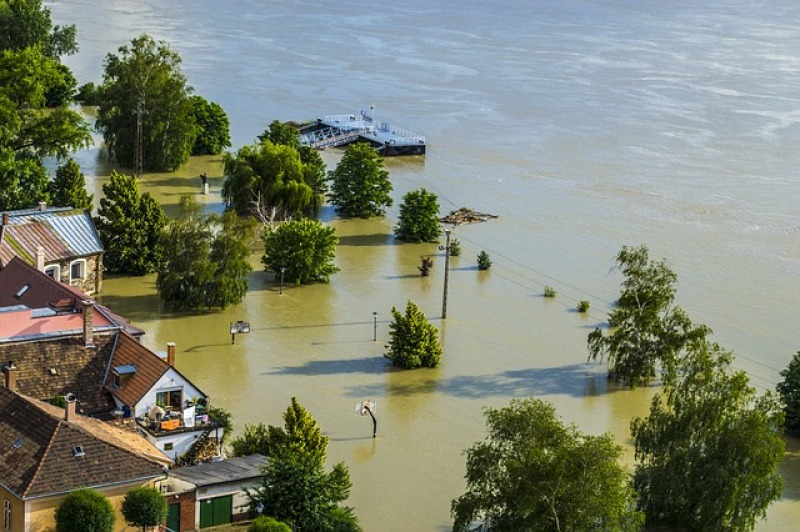
A team of researchers warned that if carbon emissions are not drastically reduced within the next decades, rising sea levels could end up washing away several coastal cities in the U.S.
Although some cities such as New York can still be saved, the researchers said other cities are already doomed to sink.
ABC2 News pointed out that this is not the first scientific study that raised the issue of rising sea levels and their effects on coastal regions in the country. What makes the recent study stand out, however, is the inclusion of lock-in dates.
As explained by the researchers led by Benjamin Strauss, these dates are deadlines that determine when the accumulation of carbon emissions will reach a point that will seal a city's fate of going underwater. In other words, if carbon emissions are not reduced by the time a certain year arrives, a city or cities will sink due to rising sea levels.
"We are not talking about a sea level rise happening tomorrow," Strauss told CBS News. "Instead, we are talking about what could happen if the genie we let out of the bottle continues to grow. We are talking about what could happen if we continue to emit this much carbon into the atmosphere."
Based on the data collected by Strauss' team, the lock-in date for New York City is at 2095. Hollywood in Florida has until 2025 and California's Sacramento has a lock-in date of 2050.
Other cities, however, such as Miami and New Orleans, are already past their lock-in dates. This means these areas will experience the effects of rising sea levels despite reductions in carbon emission.
"Some cities appear to be already lost," Strauss said. "For New Orleans, there are levees, it's possible to build levees higher and stronger for some time, but that's not necessarily safe or sustainable in the long run."
"We've already seen what can happen when levees break, when the sea level gets higher, the bigger the tragedy can be," he added.
As for the rest of the country, Strauss noted that if proper steps are not taken to reduce carbon emissions by 2100, then the U.S. could experience a massive sea level increase by more than 14 feet. This will immediately affect around 20 million people living along the country's coast.
The study conducted by Strauss and his team were detailed in a report published in the journal Proceedings of the National Academy of Sciences on October 12.



















